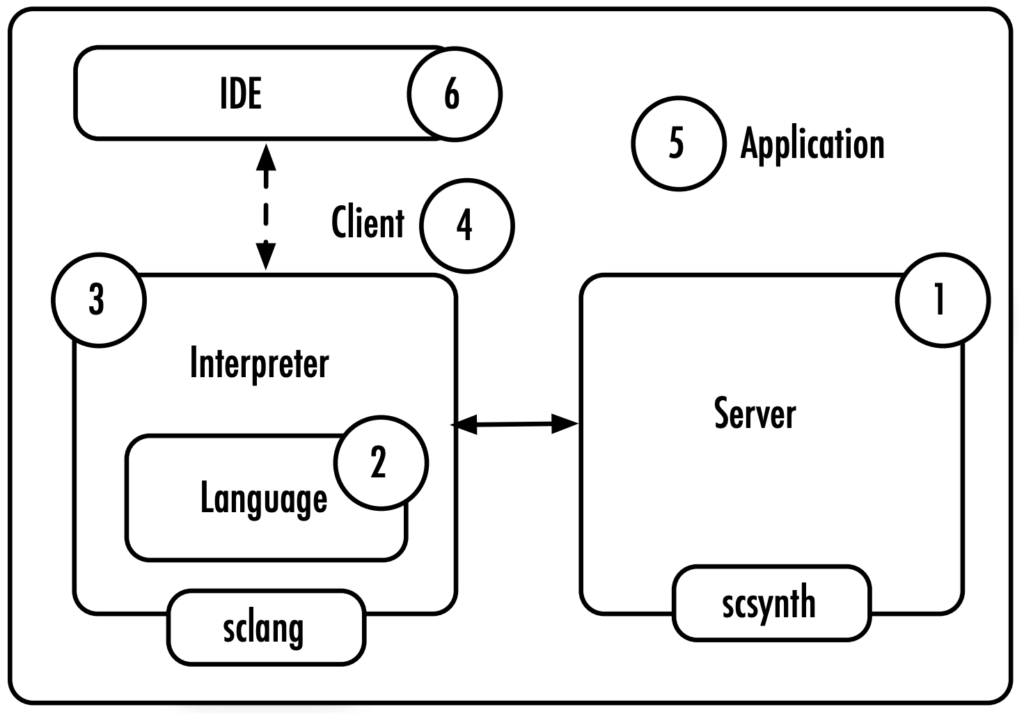The author explores the intersection of life coding with artistic research, delving into its fusion of technical expertise and intuitive, craft-based approaches. This blend fosters a dynamic interplay between problem-solving and the generation of obstacles. Viewing life coding as a discipline of trial and error, akin to “feeling one’s way,” highlights its reliance on technical computational knowledge while embracing a more intuitive process. In the realm of creative coding, the author often employs a technique of constant questioning, applying logic to resolve challenges in a perpetual cycle of doing and undoing, ultimately culminating in something beautiful. Yet, akin to art, determining the endpoint of this process proves elusive, as completion remains subjective.
Live coding, performed within a defined timeframe, prompts reflection on the nature of performance art—whether it is an ongoing process or a singular event. The author draws inspiration from Paolo Virno’s assertion that performing artists’ actions lack extrinsic goals, existing solely for their own occurrence. This concept reminds me of the Chafa Ghaddar’s fresco currently exhibited at the NYUAD Art Gallery. The fresco’s creation was partly performative, completed within the span of just a week, and the temporal constraints faced prompt contemplation regarding its ultimate completion. Ghaddar’s acceptance of presenting an unfinished piece reflects the essence of life coding, embracing real-time creation over finality.
Contemplating the eventual loss of Ghaddar’s fresco underscores the notion of permanence. The act of producing and subsequently losing artwork prompts deeper reflection on the essence of art itself, its ability to provoke thought, and its intrinsic value beyond material existence.




